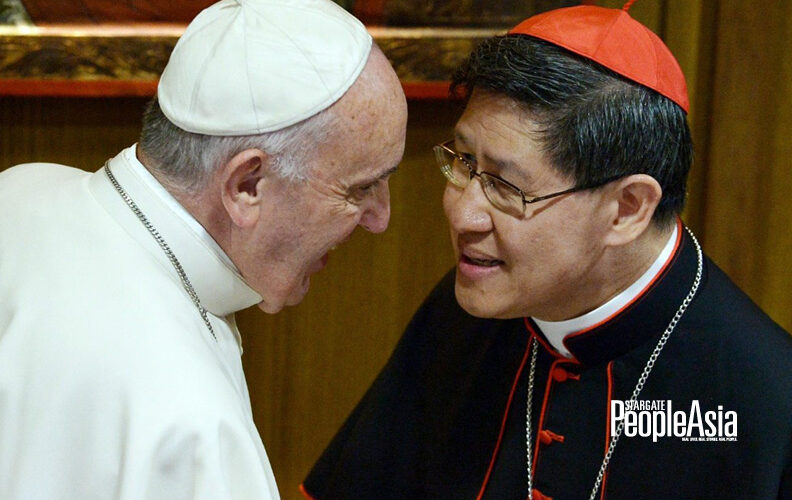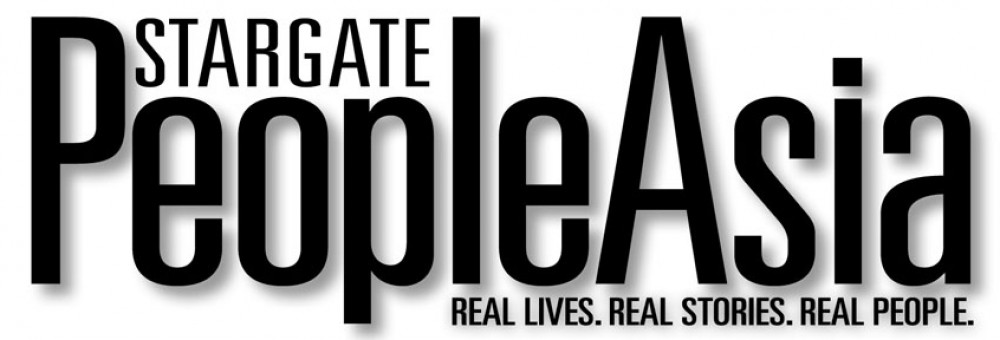As the college of cardinals prepare to take part in the coming conclave, Tagle’s candidacy would not only embody Pope Francis’ legacy, but also project it forward. In many ways, Tagle stands as the living expression of the late Pope’s reforms: outward-looking, mission-driven and inclusive. If he gets elected, his papacy would likely continue the emphasis on evangelization, interfaith dialogue and attention to the world’s poorest—while also navigating the complex geopolitics of a growing Church that spans continents and cultures. As an indication perhaps of his humility, the once very visible Tagle, according to those close to him, has opted to keep a low profile at this time.
By Lito B. Zulueta
When Cardinal Luis Antonio Tagle stood before refugees in Lebanon, flood victims in the Philippines and earthquake survivors in Haiti, he wasn’t just offering food, blankets and comfort. He was bearing the face of a Catholic Church that Pope Francis had labored to reshape: missionary, merciful and rooted in the “peripheries” of the world. Today, as the winds of papal succession begin to stir in Rome, Tagle’s name rises prominently among those whispered as potential heirs to the throne of St. Peter.
At 67, Tagle embodies a unique convergence of qualities that mark him not just as a Vatican heavyweight, but as one of the leading papabile—or papal contenders—of the coming conclave. His ascent has been both rapid and remarkable. Once the soft-spoken archbishop of Manila, he now holds the powerful position of prefect of the Dicastery for Evangelization, a “super body” forged under Pope Francis’ sweeping reforms that merged the historic Congregation for the Evangelization of Peoples (Propaganda Fide) with the Pontifical Council for New Evangelization. In doing so, Francis signaled his vision for a Church propelled not by doctrinal disputes but by dynamic mission—and placed Tagle at its helm.
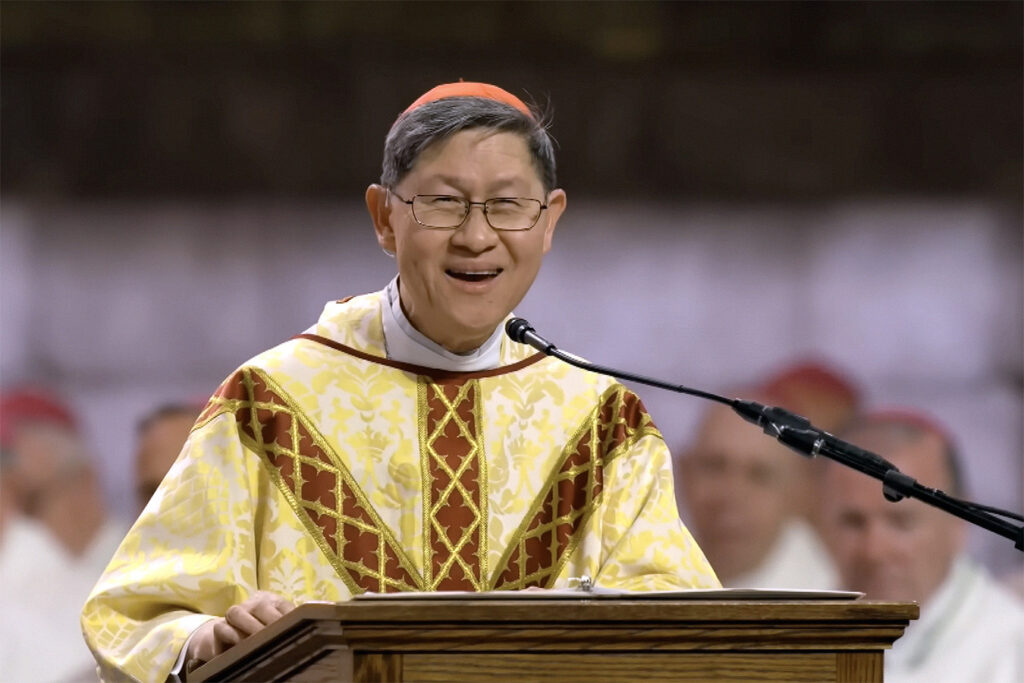
This super dicastery’s scope is vast. It oversees Catholic missions in 1,123 mission territories or virtual dioceses worldwide, the majority in Africa and Asia—regions where Catholicism is burgeoning even as it declines in Europe. It is no coincidence that the man now leading this charge hails from Asia, from the Philippines, home to the third-largest Catholic population on Earth. Tagle’s appointment reflects the Church’s southward shift and its growing recognition that the future of Catholicism lies not in the old bastions of Europe but in the energetic faith communities of the Global South.
Tagle’s vast influence
But Tagle’s influence does not end there. In a rare and historic move, Pope Francis elevated him to the rank of cardinal-bishop, the highest echelon in the College of Cardinals, joining an elite circle at the time of that appointment of only 11 such figures in the Latin Rite. As a cardinal-bishop, Tagle stands just beneath the Pope and the Secretary of State, Cardinal Pietro Parolin, in the Vatican’s hierarchy—effectively positioning him as the third most powerful man in the Roman Curia.
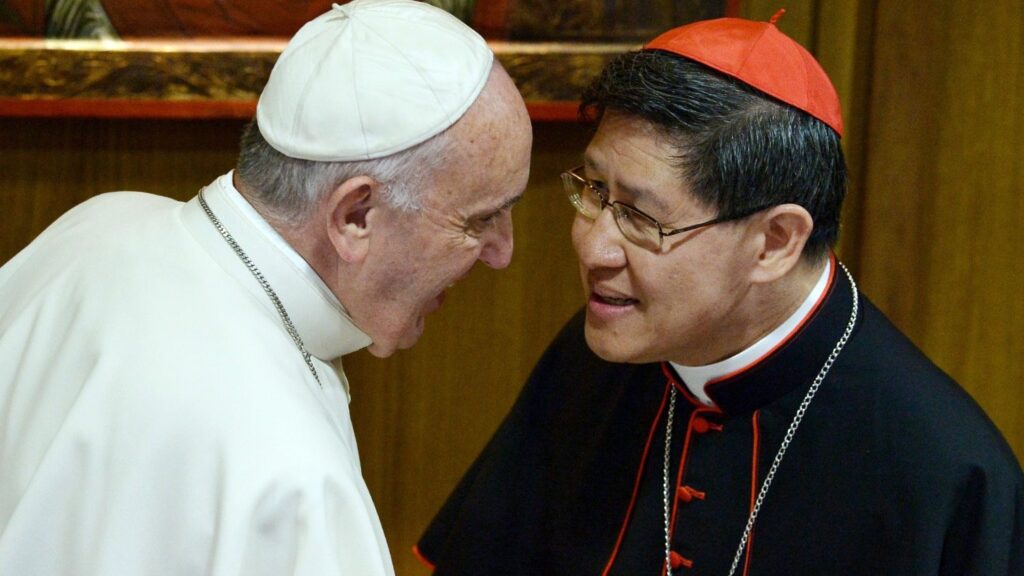
His reach extends across the Holy See’s intricate machinery. Tagle is a member of pivotal dicasteries: Catholic Education and Culture, Oriental Churches, Inter-Religious Dialogue, and the Administration of the Patrimony of the Apostolic See, among others. These appointments, strategically accumulated, have made him a consummate Vatican insider—a man as at home in the corridors of power in Rome as he is among disaster victims in makeshift shelters.
Indeed, it was through his leadership of Caritas Internationalis, the Vatican’s leading charity arm, that Tagle’s global profile soared. As president of Caritas, he crisscrossed the world’s conflict zones and calamity-stricken areas, offering the Church’s aid and solidarity. His presence in these forgotten corners resonated with Francis’ call for a “poor Church for the poor,” earning him not just admiration but also invaluable experience on the world stage. After the G-20 summit in 2020, it was Tagle who echoed Francis’ plea for debt forgiveness for impoverished nations shackled by financial burdens—further cementing his role as a voice for the marginalized.
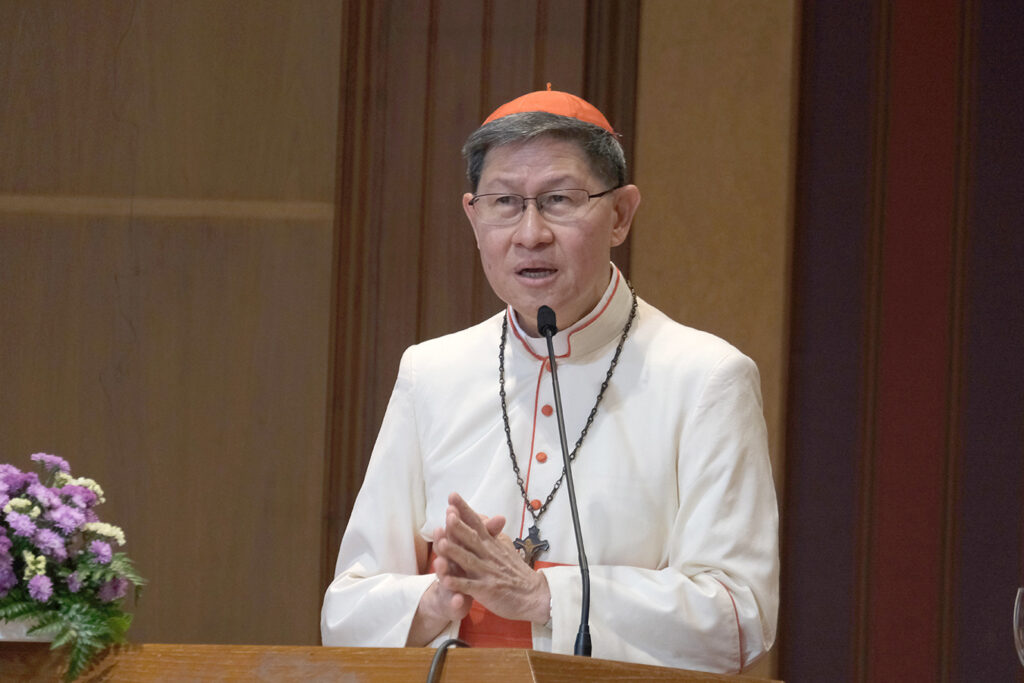
Yet, like many figures who ascend too quickly in the Vatican’s opaque world, Tagle has not been immune to intrigue. His abrupt removal in 2022 from the presidency of Caritas Internationalis caught many by surprise and fuelled speculation that power plays were already at work, an early maneuvering in the inevitable race to succeed the aging Pope Francis. The removal, officially framed as part of an administrative overhaul, hinted at deeper currents of rivalry and alignment within the Curia. If anything, it underscored Tagle’s prominence—and perhaps, the threat he poses to other aspirants.
Despite this setback, Tagle’s star has continued to rise. His role as papal legate to high-profile international events, such as inaugurating the Catholic Church in Muslim-majority Bahrain, signals the Pope’s enduring trust in him as his representative on sensitive diplomatic fronts. And when Francis was confined due to illness in February, it was Tagle who, along with other senior cardinals, was named to assist the camerlengo in the critical task of preparing for a possible conclave. Such an assignment is no routine matter; it situates Tagle at the center of papal succession mechanics, underscoring his standing as a top contender for the papacy.
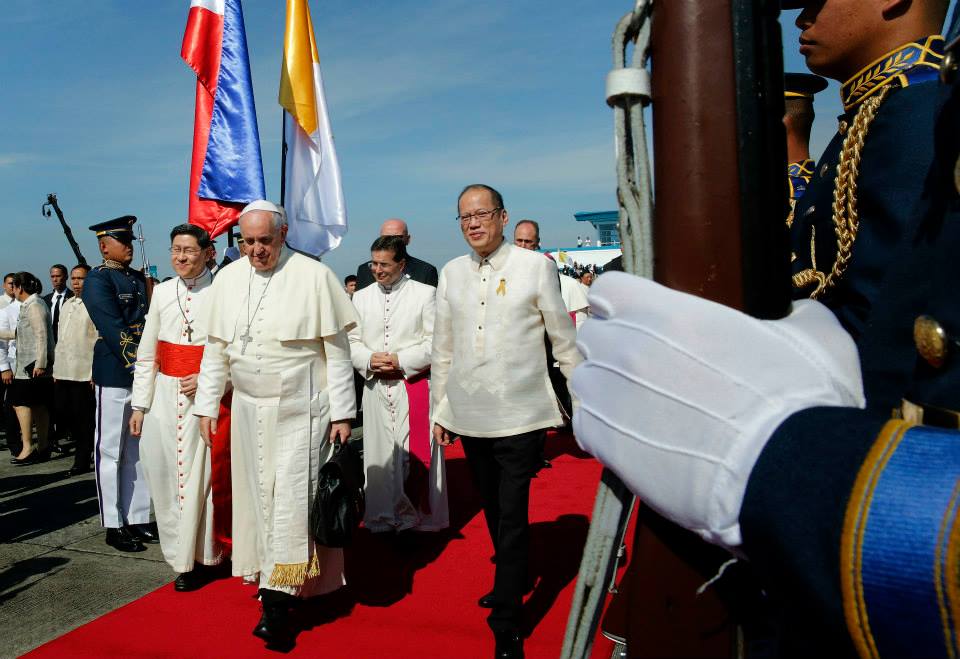
Formidable qualifications
His qualifications are formidable. As grand chancellor of the Pontifical University of Urbaniana, he oversees the formation of future missionaries—those who will carry the Church’s message to every corner of the world. His deep involvement in the reformative thrust of Praedicate Evangelium means he is not merely an executor of Pope Francis’ vision but one of its chief architects, intimately familiar with the structures and spirit that now define the modern Curia.
Critics point to his lack of fluency in Italian and Spanish as potential handicaps, given the centrality of these languages in Vatican governance and global Catholicism. Yet, Tagle’s years in Rome, coupled with his academic rigor—honed at the Loyola School of Theology in the Philippines and the Catholic University of America in Washington D.C.—have steadily fortified his linguistic and diplomatic capacities. Moreover, his approachable demeanor, emotional eloquence and pastoral warmth endear him to many cardinals seeking a pontiff who can blend administrative acumen with pastoral sensitivity.
As the College of Cardinals gradually tilts toward the developing world—with Francis appointing electors from regions as diverse as East Timor, Singapore, and Burkina Faso—Tagle’s Asian heritage and international visibility render him a compelling symbol of the Church’s global future. He is at once a son of the peripheries and a prince of Rome, straddling the old and the new, the center and the margins.
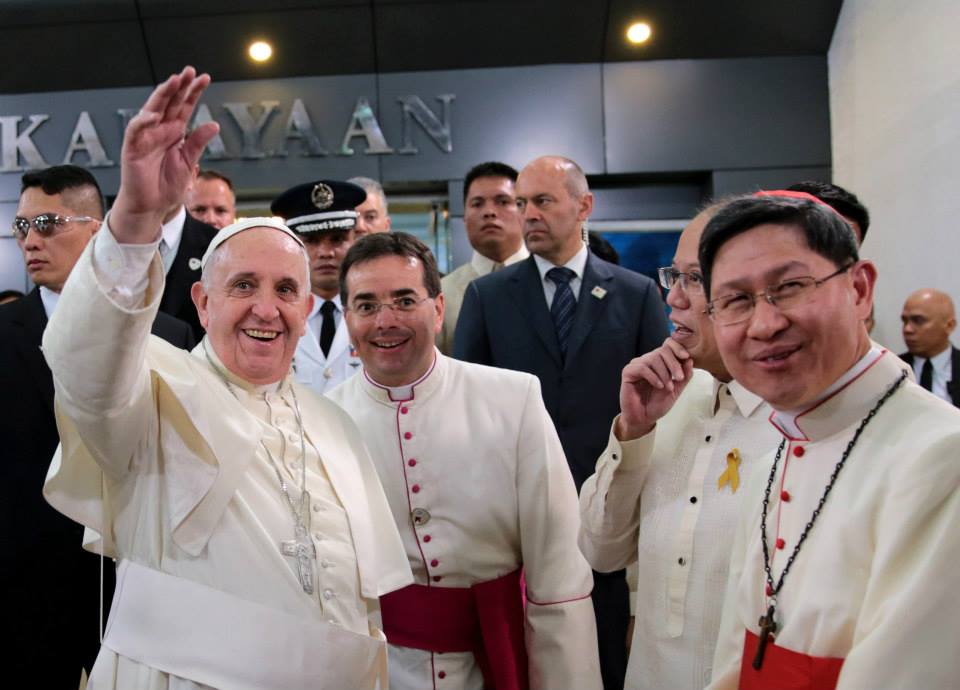
Should a conclave be convoked, his candidacy would not only embody Francis’ legacy but also project it forward. In many ways, Tagle stands as the living expression of the Pope’s reforms: outward-looking, mission-driven and inclusive. His papacy would likely continue the emphasis on evangelization, interfaith dialogue and attention to the world’s poorest—while also navigating the complex geopolitics of a Church that spans continents and cultures.
Yet, as with all things Vatican, the conclave will ultimately hinge not just on qualifications but on alliances, perceptions, and the silent calculations that play out beneath the frescoed ceilings of the Sistine Chapel. As an indication perhaps of his humility, even reluctance to be the center of attention, the once very visible Tagle, according to those close to him, has opted to keep a low profile at this time.
Still, if the path of his career so far is any indication, Cardinal Luis Antonio Tagle’s name will echo powerfully when the doors of the conclave close and the crimson-robed electors cast their ballots. From the floodplains of Manila to the marble halls of the Vatican, his journey has been one of rising tides. Whether it will crest at the papacy remains to be seen, but for now, Tagle stands poised—neither at the periphery nor at the center, but at the threshold of history.
Lito B. Zulueta, professor of journalism at the UST Faculty of Arts & Letters, has covered key Vatican events such as the funeral of Pope John Paul II and the conclave that elected Pope Benedict XVI in 2005, the resignation of Benedict and the election of Pope Francis in 2013, the double-canonization of Popes John XXIII and John Paul II in 2014, and the second Asian tour (Sri Lanka and the Philippines) of Pope Francis in 2015.

